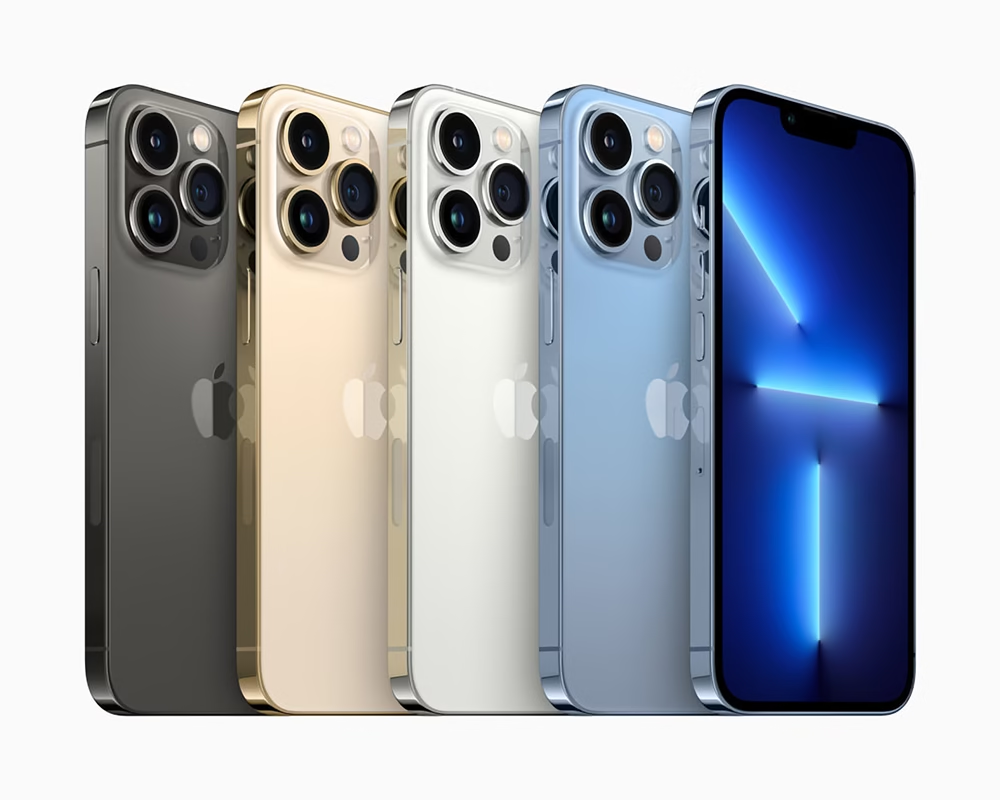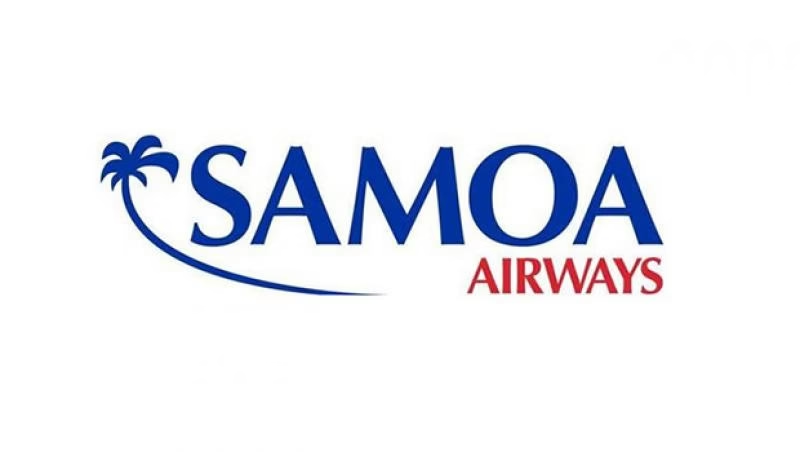I’ve got some suggestions to assist you in traveling more comfortably using technology, and also minimize the amount of equipment you have to carry.
For a lot of people, the tech list of travel, particularly international travel, can be significant nowadays. It can be difficult to make it work without a large array of chargers, adapters wires, chargers and other gadgets.
A few travelers are opting to “unplug,” leaving their gadgets at home to reduce their burden to reduce time spent on tech preparation and have a full break from the routine. They are looking to concentrate more on the environment around them and feel the world with their eyes.
I am aware of the “unplugged” idea, but I think that electronics, particularly smartphones, can be extremely helpful particularly during travel or when there are emergencies.
I can relate to I understand the “unplugged” experience. It is common for travelers to simply record their travels, but not experience it. They are not involved in their travel destinations, its sights, sounds or culture. They don’t see enough that they could as well be at home. I often see this in my travel photography classes. Sometimes I need to remind participants to utilize their eyes to observe the surroundings in front of them. I warn them to not look at everything through a screen. If you are constantly stuck in the screen posting emails about the latest or less, calling your friends or taking photos you will never be able to make contact with people who are around you, or with people you meet when traveling.
While I appreciate the “unplugged” idea but I am also convinced that the benefits of travelling with phones and other electronic devices particularly when traveling are significant. Let’s think about how technology and smartphones, particularly, help travelers travel more easily and allow travellers to concentrate on the sights and sounds, smells, lifestyle, and culture of their destination.
Credit/Debit Card Stolen or Lost:
Smartphone applications like Apple Pay and Android Pay generally allow users to leave their credit cards in their hotel secure. Furthermore, with these payment methods the concerns regarding transactions, such as hacking of credit card data can be drastically reduced because electronic payment systems record only the transaction’s number the amount of money charged and the date/time. Let’s record. The Store does not view or saves credit/debit card data.
The journey to the airport gets more challenging for a lot of travelers, particularly those who have lost or delayed their luggage. Electronics can be a huge aid to air passengers.
Airline, TSA, and Global Entry Applications:
There are still printed boarding passes however they are much easier to tear and then destroy. Using a smartphone-based the boarding pass is simple. The airline’s app will assist you in keeping track of your luggage that you have checked in, as well. In the US the TSA app can assist you to keep track of delays at airport security. Members can use this Global Entry app can speed the process of completing customs and immigration upon returning to the US after the international route.
Apple AirTags:
It is the Apple AirTag network, in particular, could save your life in the event of delayed, lost, or misplaced luggage, particularly now that numerous airlines can incorporate AirTag data into luggage tracking software. Apple AirTags have assisted me to locate my luggage several times. They have often provided me with peace of assurance when their tracking showed that my bag was been taken off the plane.
Document backup:
When traveling internationally, travelers typically carried printed copies of their most important documents for travel. With smartphones, you can save encrypted copies of your documents stored on your phone for quick, simple retrieval. (Note that I also save copies of documents in the cloud for security measure.)
Electronic Visas have been becoming more common. The best way to handle them is with the smartphone.
Electronic Visa:
Many countries require electronic visas for tourists. When we recently visited Australia as well as New Zealand, both countries required approval for an Electronic Travel Authorization visa. The visas were requested and included on our phones along with the New Zealand customs declaration. As we entered New Zealand at the end of our cruise, two elderly couples who were on the cruise didn’t have smartphones. It took them over an hour to complete papers and answer questions prior to departing the dock. The dock was completed in less than 10 minutes.
It’s not much better than a phone to get help during emergency situations on the road. The GPS capabilities of smartphones will get you back to normalcy quickly, and some phones have satellite connectivity to assist you even if you’re in a location that doesn’t have a cellphone.
Satellite Service:
A lot of US national and state parks contain large areas without mobile service. Similar is the case across other continents. In an emergency situation, I’d like to be able to call for assistance. If I am walking “unplugged” in forests without cell service, emergency situations could happen. I recently updated my iPhone to the latest version with satellite phone capabilities in the event of an emergencies.
GPS Capability of Smartphones:
I’m not able to tell you how many times I’ve found my GPS function on a smartphone invaluable when traveling. Recently, in Sydney, Australia, we strolled around the harbor area for a few days, taking in the stunning landscape and views. The birds we saw in the botanical gardens were spectacular. The GPS/map capabilities of our phones enabled us to travel in a safe and efficient manner.
This is only a tiny glimpse of the reasons and ways technology helps make traveling easier, more efficient and safer. There are numerous applications that to make smartphones more useful to travelers, such as the amazing cameras they have, but I’m always carrying my mirrorless camera or lenses to get better photos.
When I travel, I always carry my phone tablet, smartwatch and hearing aids. If I’m away for a long period of time I’ll also carry my laptop. It helps me manage my photography routine.
If you are traveling with electronic gear The issue isn’t the equipment in itself, but the accompanying gear that keeps them running. I had a conversation with one of them on a recent cruise. He inquired about how I handle my electronic devices. They told me they were overwhelmed by all the cables and chargers as well as adapters. Similar to us, he owned two Apple Watches, an iPhone and an iPad. In contrast to us, they included six different plug adapters, cables as well as wall-chargers.
Make use of multi-outlet charging stations that come with adapters to plugs to USB C and standard USB devices when you travel around the world.
If you’re looking for USB C based devices, I suggest the HyperJuice 245W USB-C charging station. It’s a 4″x4″x1.25,” 1.28 pound four-position USB-C charger which is well-equipped to charge the four above devices simultaneously. If you have conventional USB device, I suggest using the Anker PowerPort 6. I suggest the SKROSS ProLite Travel Adapter that comes with USB charger that is able to charge up to six compatible devices at once. Make sure you are ready to connect your charger anyplace around the globe.
Two adapters as well as two charging devices I’ve gotten rid of the requirement for separate wall chargers as well as the two thirds adapters. It is possible to charge only 4 USB-C gadgets at one at a time. But that’s all you need. The devices make your electronic kit lighter, smaller and more convenient to carry and use.
You can also add to your collection an Anker 521 power strip if you own many electronic gadgets. It comes with a 5-foot cord as well as 3 AC outlets. It can be connected to two charging stations as well as laptops simultaneously. It can handle international voltages between 100 and 240V. Be aware that certain cruise ships do not permit power strips on their vessels.
When I travel I carry my electronic devices in my bag however this doesn’t mean that I have my eyes buried within their screen. For instance, when sailing along the Milford Sound Fjord in New Zealand I was in the cockpit of my vessel all the time with my head in a swivel and sometimes snapping photos and other times simply looking at the scenery by looking.
Just because you own these devices doesn’t mean that you shouldn’t get rid of them and take in what you’re doing and with whom you’re.



